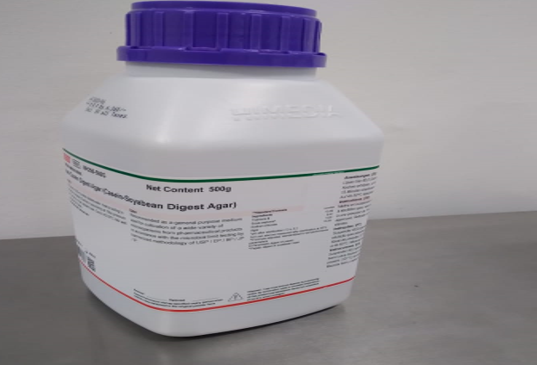Microbiology Culture Media- Comprehensive Guide

This article provide information and uses about different types of culture media used in the microbiology laboratory for the testing of pharmaceutical products.
Microbiology Culture Media- Comprehensive Guide
What is mean By Culture Media ?
In microbiology, Culture media refers to the nutrient-rich substances used to grow and maintain microorganisms in a laboratory setting or Controlled conditions.
Different types of culture media may be formulated with specific nutrients, pH levels, and other properties to support the growth of particular types of microorganisms and for specific applications. For example, selective media contain ingredients that inhibit the growth of certain microorganisms, while allowing others to grow.
Culture media can be prepared in the laboratory, or purchased commercially as pre-made, sterilized media in a variety of formats, including tubes, plates, and bottles. Different types of culture media can be used for different applications, such as the isolation of specific microorganisms, the identification of microorganisms based on their physical or biochemical properties, or the evaluation of antimicrobial susceptibility.
What are the Different Types of Culture Media ?
There are several types of Culture media used in microbiology, and they can be classified based on their physical state, composition, and purpose.
Here are some enlisted common Types of media:
- Solid media: These are nutrient-rich substances that have been solidified by adding agar. They are used to cultivate microorganisms that require a solid surface to grow, such as bacteria. Examples are nutrient agar and MacConkey agar.
- Liquid media: These are nutrient-rich substances that remain liquid, and are used to cultivate microorganisms that do not require a solid surface to grow, such as yeast or bacteria in suspension. Examples are nutrient broth and Tryptic Soy Broth (TSB).
- Semi-solid media: These have a gel-like consistency and are used for motility tests and for determining the oxygen requirements of bacteria. Examples are Motility agar and SIM (Sulfide, Indole, Motility) agar.
- Enriched media: These are nutrient-rich substances that have been supplemented with additional nutrients to support the growth of fastidious microorganisms, which are those that have complex nutritional requirements. Examples are blood agar and chocolate agar.
- Selective media: These are designed to select for the growth of certain types of microorganisms, while inhibiting the growth of others. Examples are MacConkey agar and Eosin Methylene Blue agar.
- Differential media: These are used to distinguish between different types of microorganisms based on their physical or biochemical characteristics, such as their ability to ferment certain sugars or produce specific enzymes. Examples are Triple Sugar Iron agar and Mannitol Salt agar.
- Minimal media: These are nutrient-poor substances that contain only the essential nutrients needed for growth, and are used to study the nutritional requirements of microorganisms.
- Confirmatory Media : These are designed to confirm for the growth of certain types of microorganisms, while inhibiting the growth of others. Examples are coagulase kit for Staphylococcus aureus and Sabouraud Dextrose Agar for Candida albicans.
- Anaerobic media: This media is for anaerobic bacteria which require low oxygen levels, extra nutrients, and reduced oxidation-reduction potential.
- Assay media: It’s used for amino acids, vitamins, and antibiotics assays. For example, antibiotic assay media is used to determine the antibiotic potency of microorganisms.
- Storage media: It’s used to store microorganisms for a longer period, examples are chalk cooked meat broth and egg saline medium.
- Common media: These are routinely or commonly used simple media having carbon and nitrogen sources that boost the growth of many microorganisms. They are also known as general-purpose media and are considered non-selective media.The common media do not require enrichment sources for the growth of non-fastidious bacteria and are suitable for growing Staphylococcus and Enterobacteriaceae.
They are generally used to isolate microorganisms in labs or in sub-culturing processes. Examples are nutrient broth, nutrient agar, and peptone water.

